Adam Nathaniel Furman’s ‘Abundance’ brings colours of the British garden to Paddington
Adam Nathaniel Furman’s ‘Abundance’ installation London’s Paddington is conceived as an abstracted, ‘frozen garden’ that mesmerises
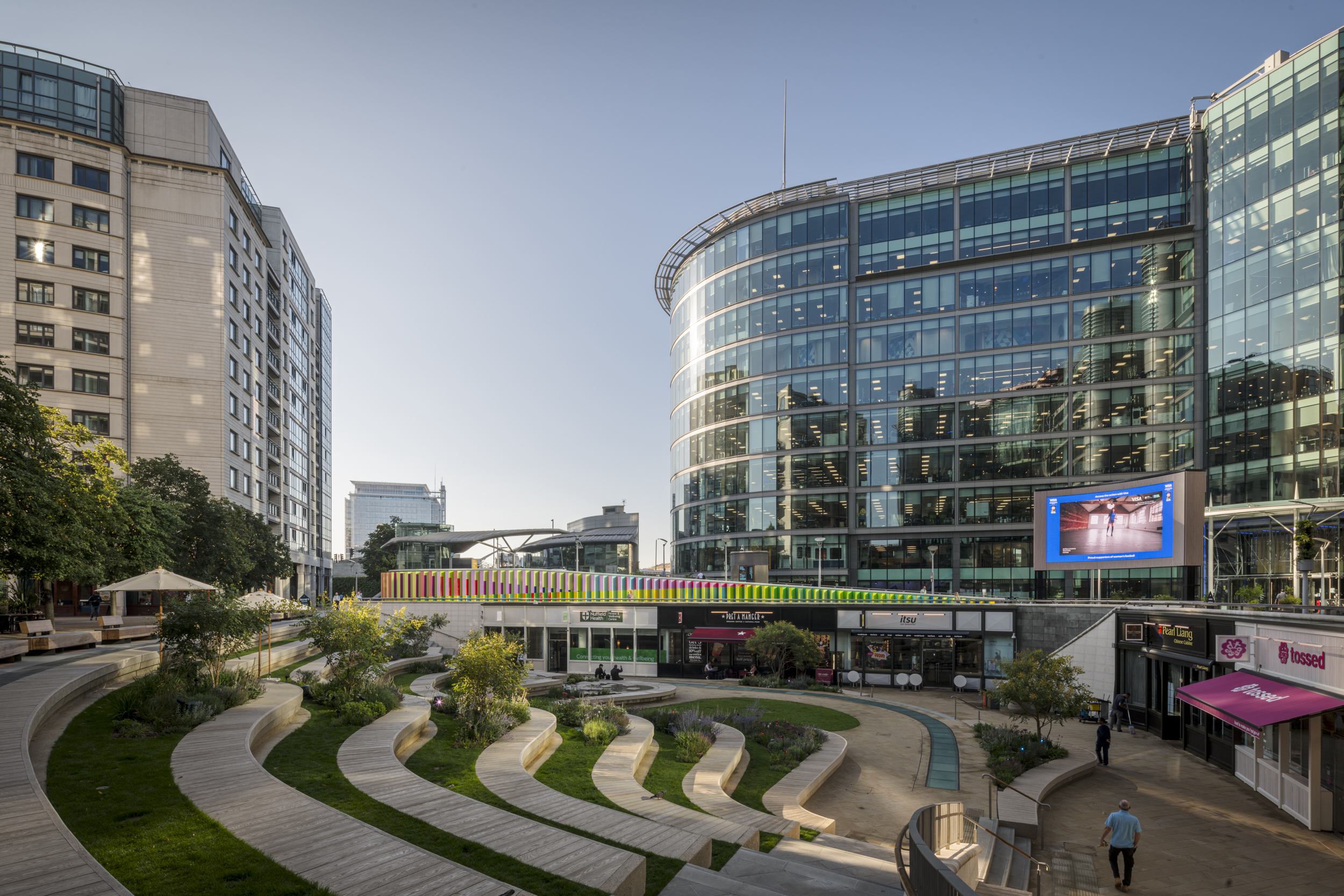
'Abundance is 'a frozen garden' in which the colours of a British garden in high spring are abstracted and turned into a crafted human-made artistic intervention that can be enjoyed all year long, in all weather conditions,' explains award-winning artist and designer Adam Nathaniel Furman. They are referring to their latest installation, a brightly, very carefully planned installation which has just been unveiled in London's Paddington.
On display in the revamped Amphitheatre area in Paddington Central’s Sheldon Square, the piece of public art certainly draws the eye and brings on a smile. No wonder it's already been gaining fans: 'Just spending time next to the work and seeing how the public interact with it, it is empirically clear that people are drawn to it, immensely enjoying it. It has already become a focus of local affection.'
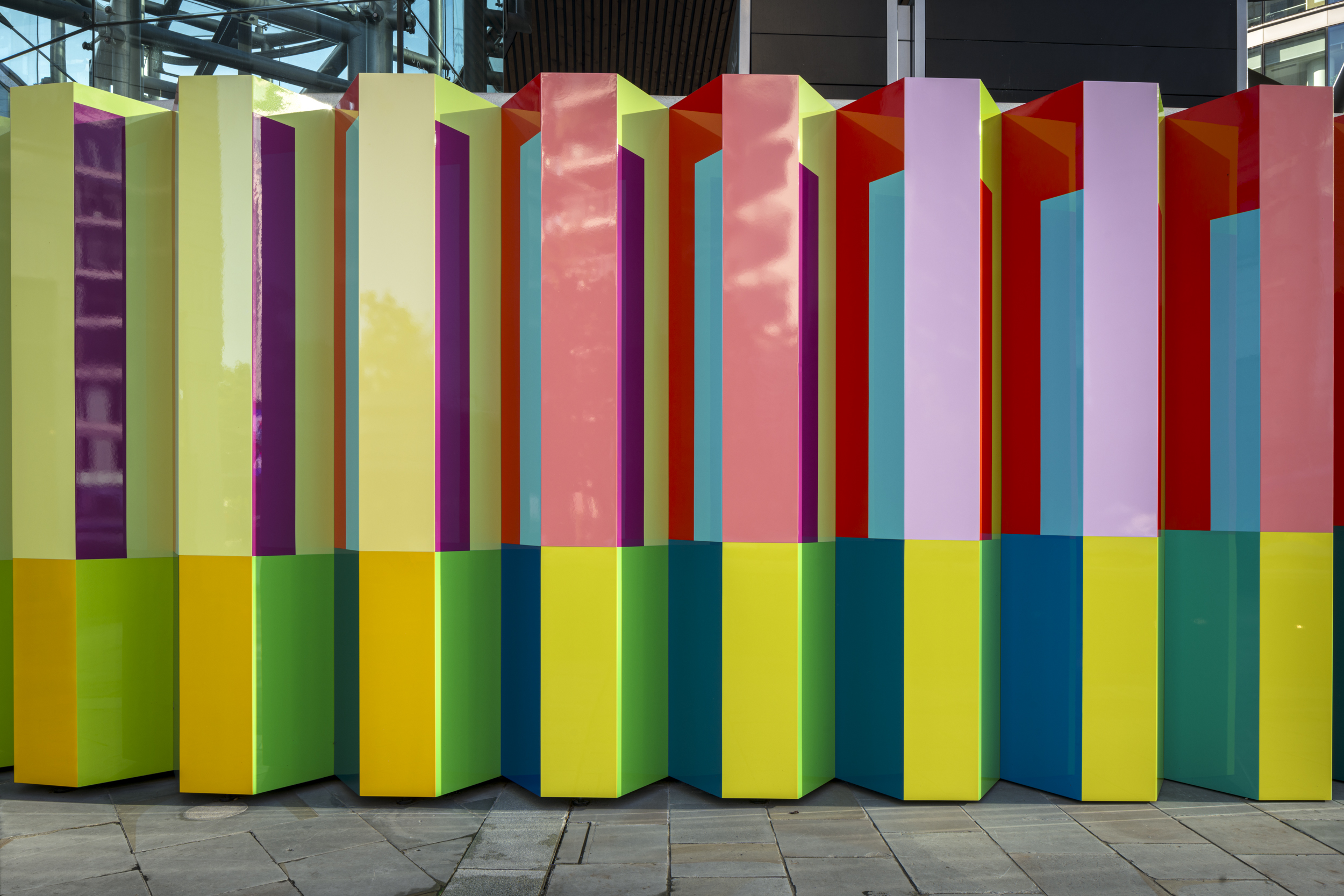
Adam Nathaniel Furman's 'Abundance': a burst of colour in urban public space
Furman was born in St Mary’s Hospital adjacent to the Paddington station campus, so the whole area is very close to their heart. The aim was to create a piece that brings colour and vibrancy to the neighbourhood's public spaces, ensuring there are plenty of accessible, purpose-built areas for the public to rest, gather, and relax – addressed to both locals and the capital's many tourists alike.
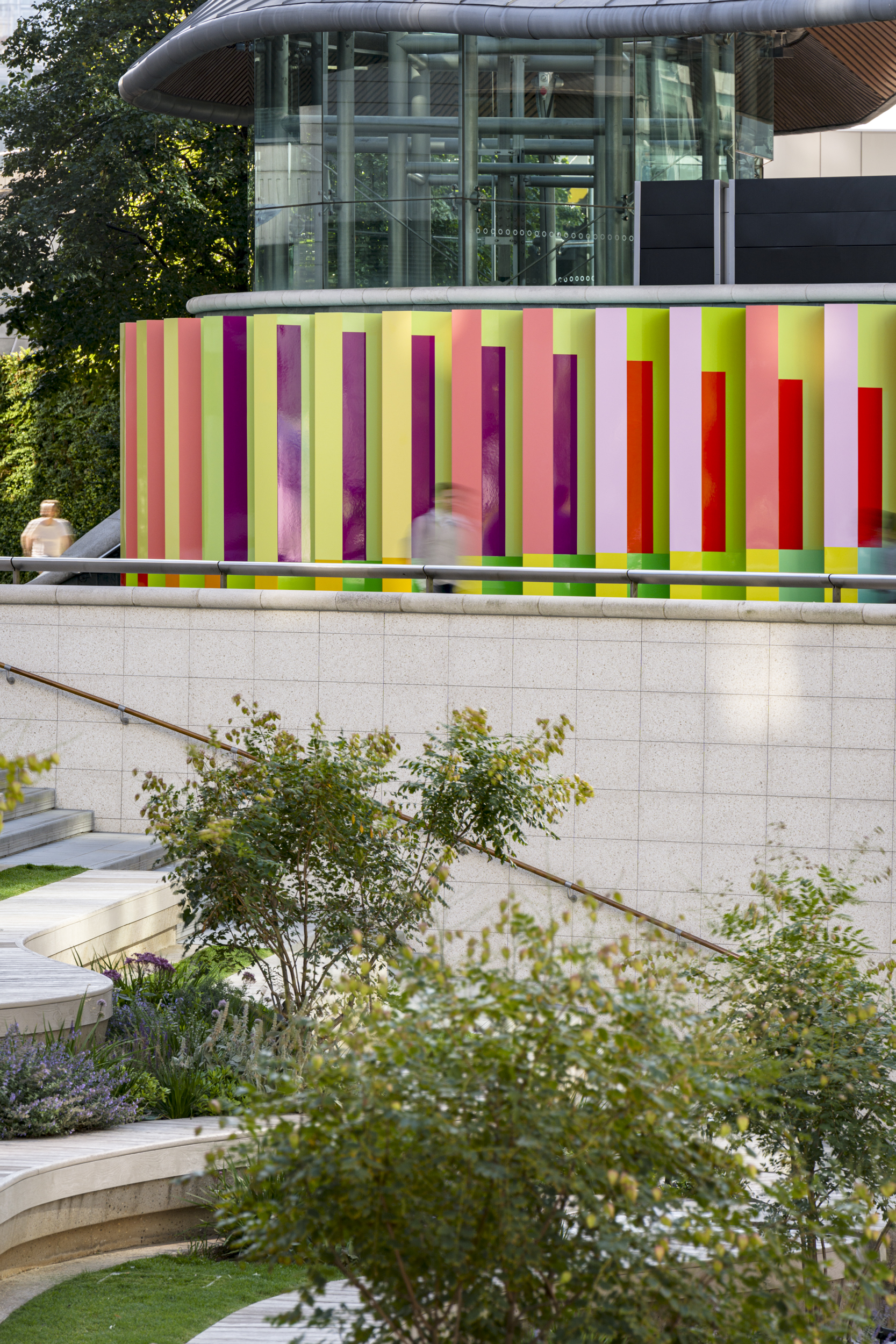
Adam Nathaniel Furman's Abundance installation in Paddington
Abundance certainly does that, offering a welcoming burst of colour that unfolds in a strategic way across the square. Furman employed their extensive experience in using light, colour and texture to craft a design that is truly site-specific.
'Up close, the design is intended to create an immersive colour environment that is constantly transforming itself as you move along it, both because of the various colours arranged in such a way that they change in visibility as you pass, but also because of the level of gloss in the finish that incorporates the reflected context and daylight conditions, adding extra layers of richness to the experience,' Furman explains.
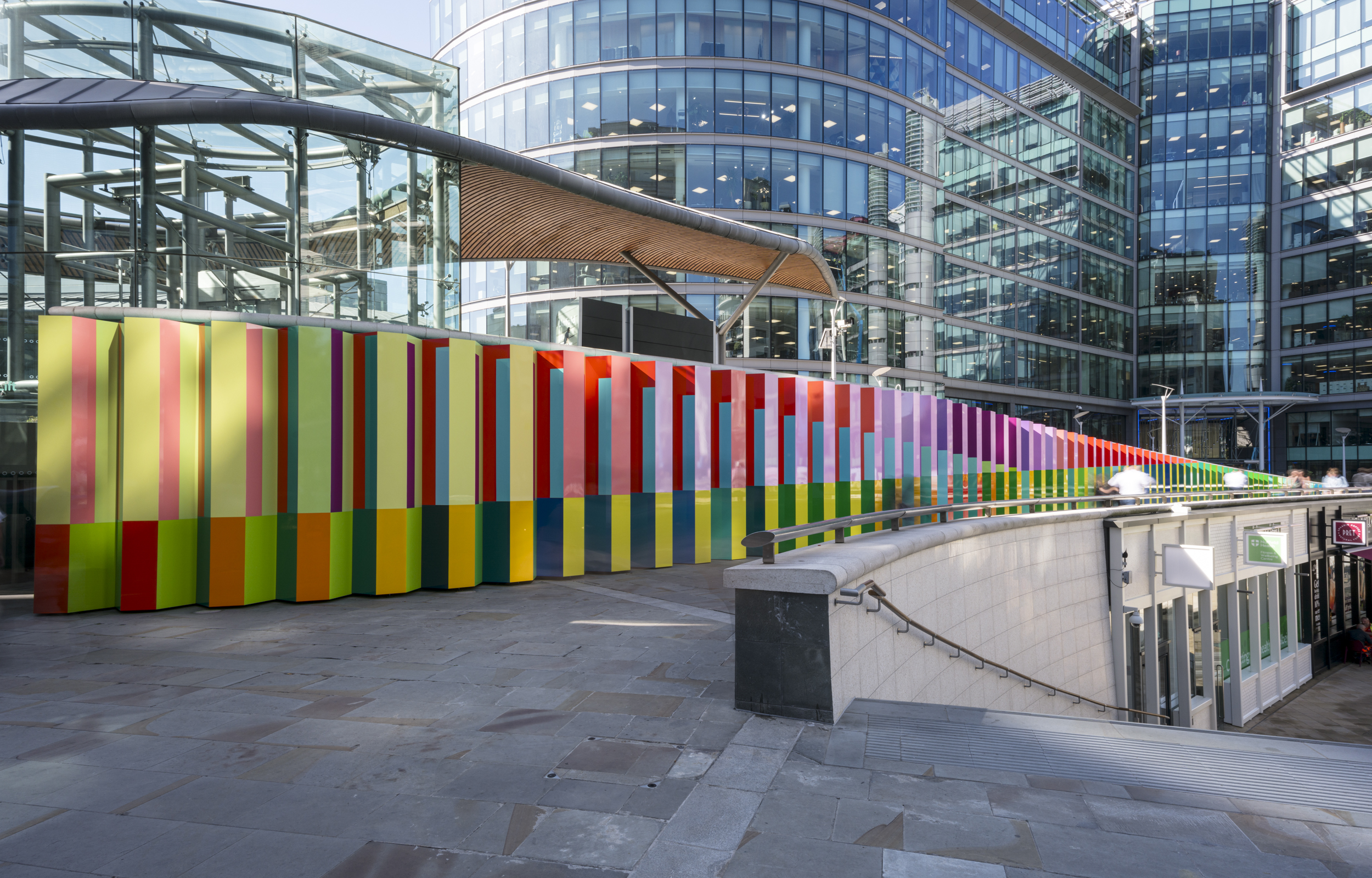
Adam Nathaniel Furman's 'Abundance' installation in Paddington
'From further away the work embeds an unapologetically layered and rich aesthetic element into a very corporate environment that was previously dominated by the grey-brown colour of stone and cementitious panels and the green-blue colour of large-pane-glass curtain-wall cladding,' Furman continues.
'A big part, other than the artwork, of the transformation of Sheldon Square was the introduction of more varied plants. It is not rocket science and it was pretty widely understood by urban planners up until recently (and it is once again being slowly rediscovered) that the inclusion of planting, natural elements, as well as crafted, artistic features in our urban realm is vitally important to making our cities feel more welcoming and enjoyable.'
Wallpaper* Newsletter
Receive our daily digest of inspiration, escapism and design stories from around the world direct to your inbox.
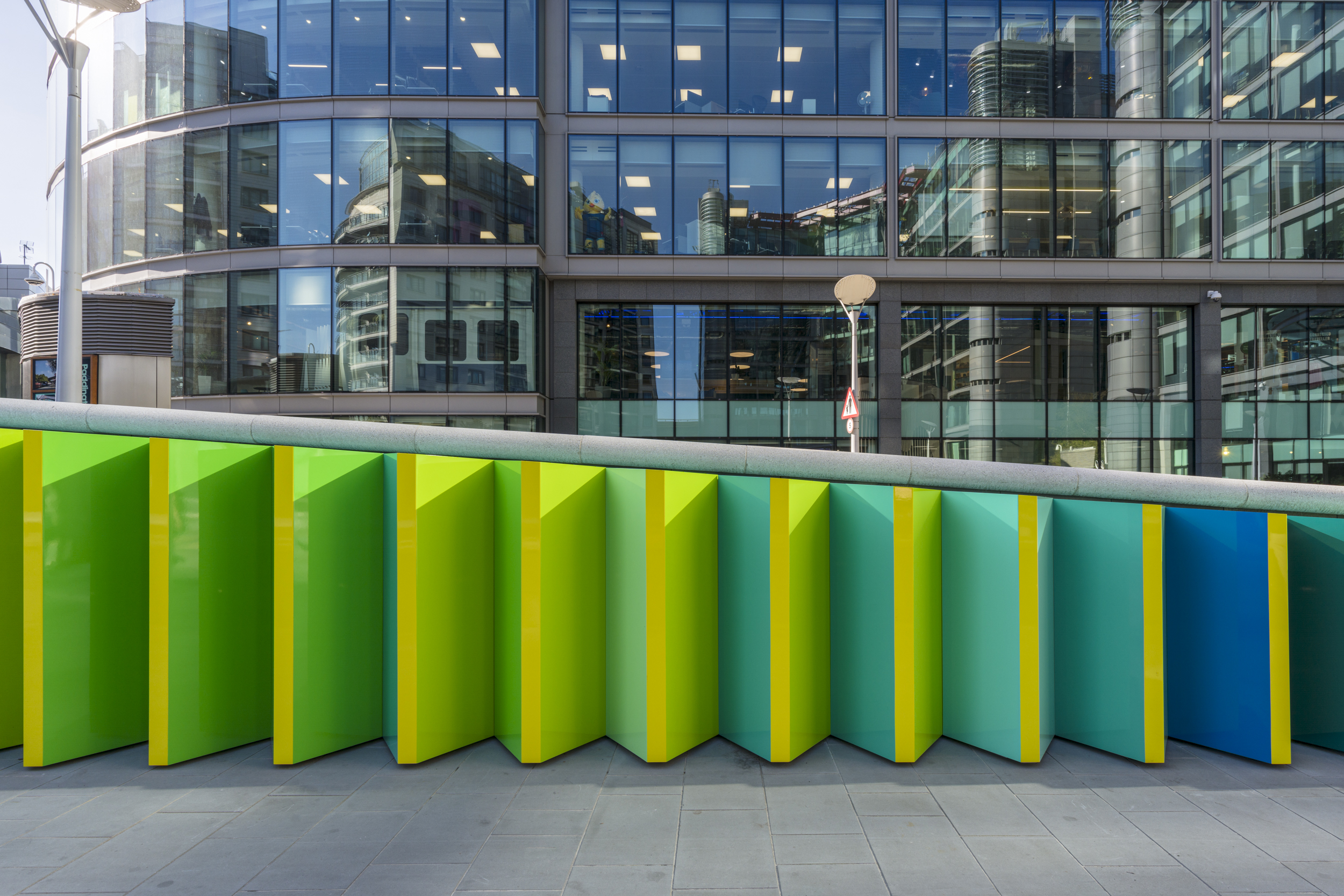
A key element in this public place's 21st-century transformation, the art piece is engaging and open to all to enjoy – just a stone's throw from Paddington Station and the adjacent canal route.
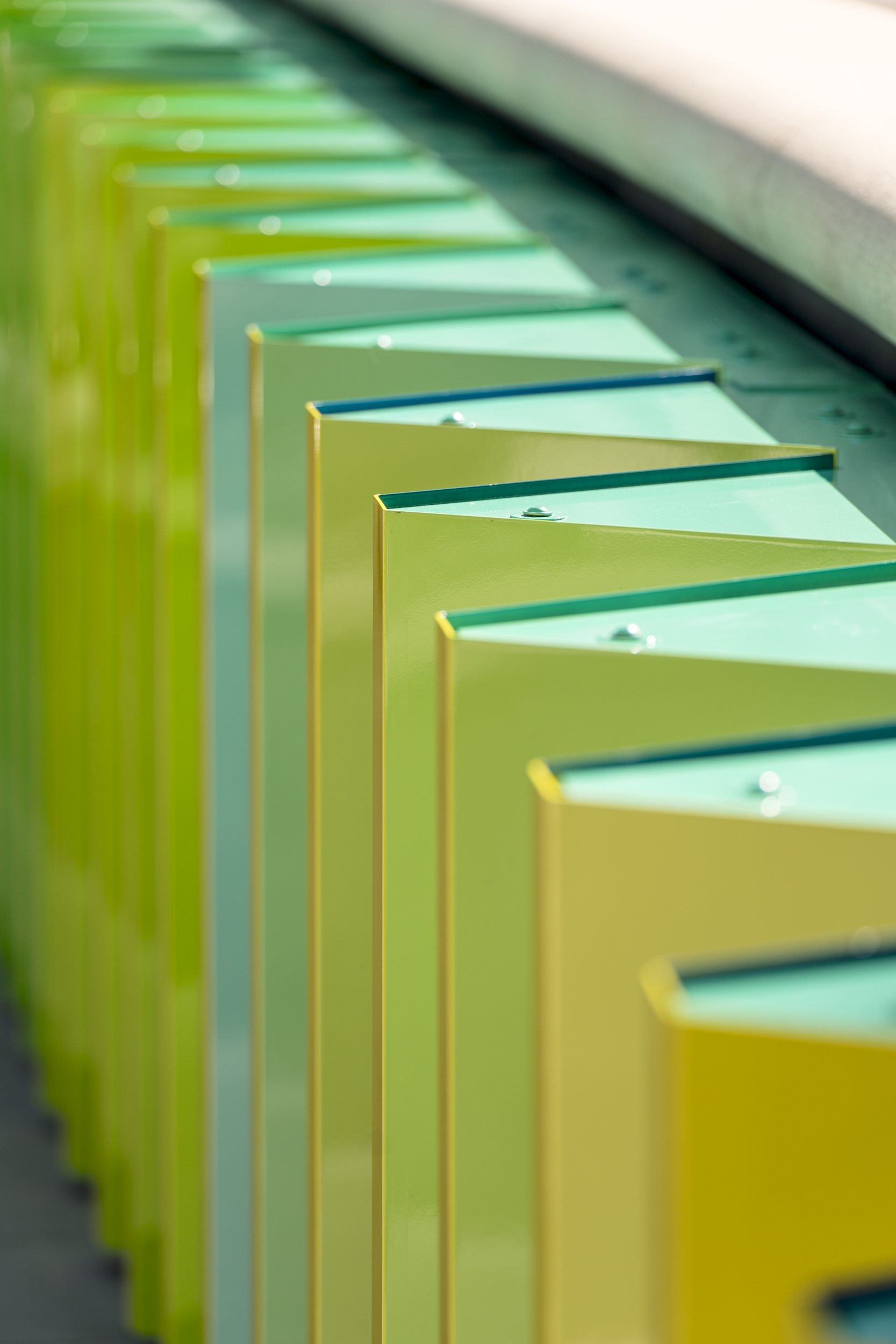
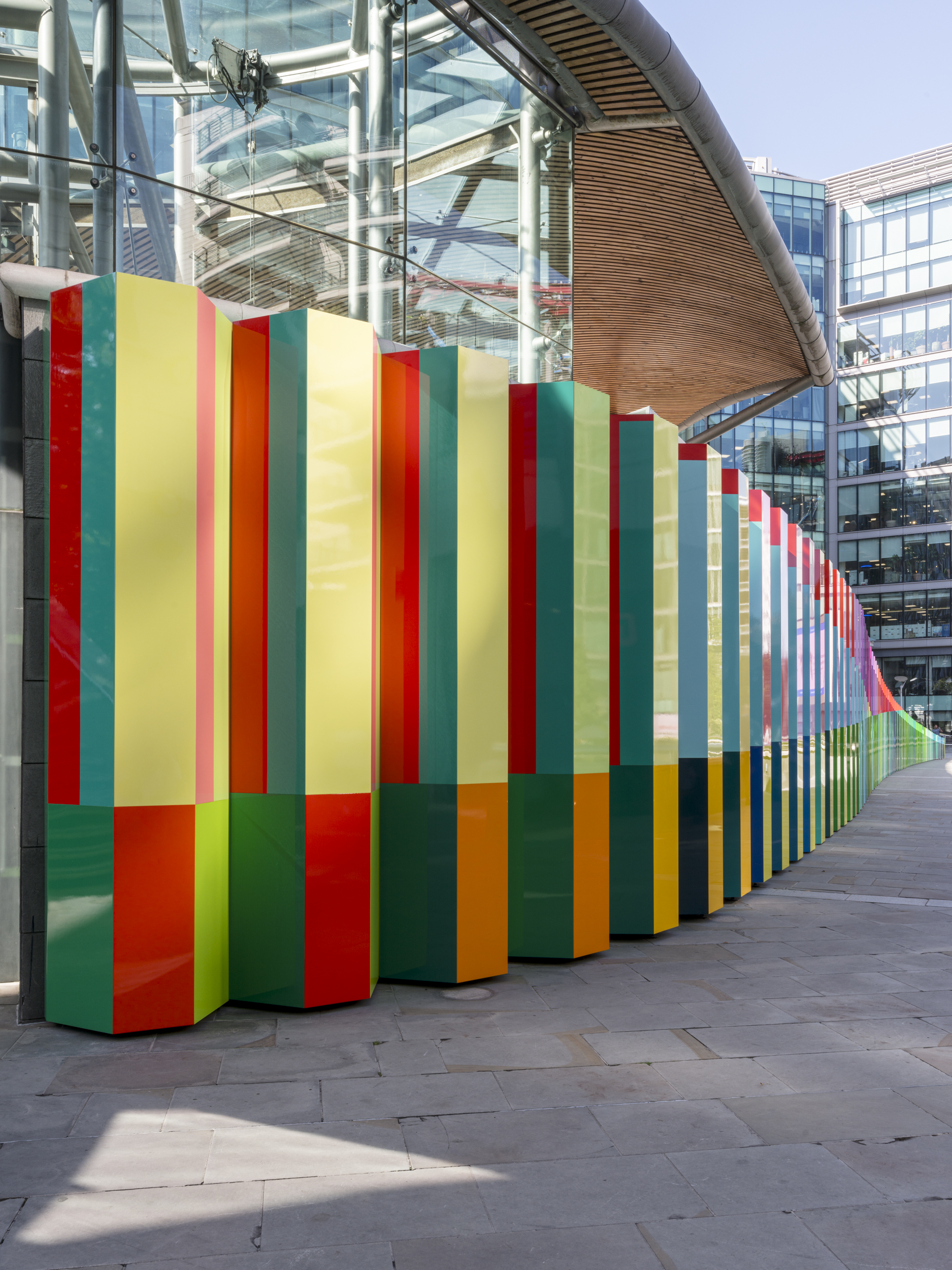
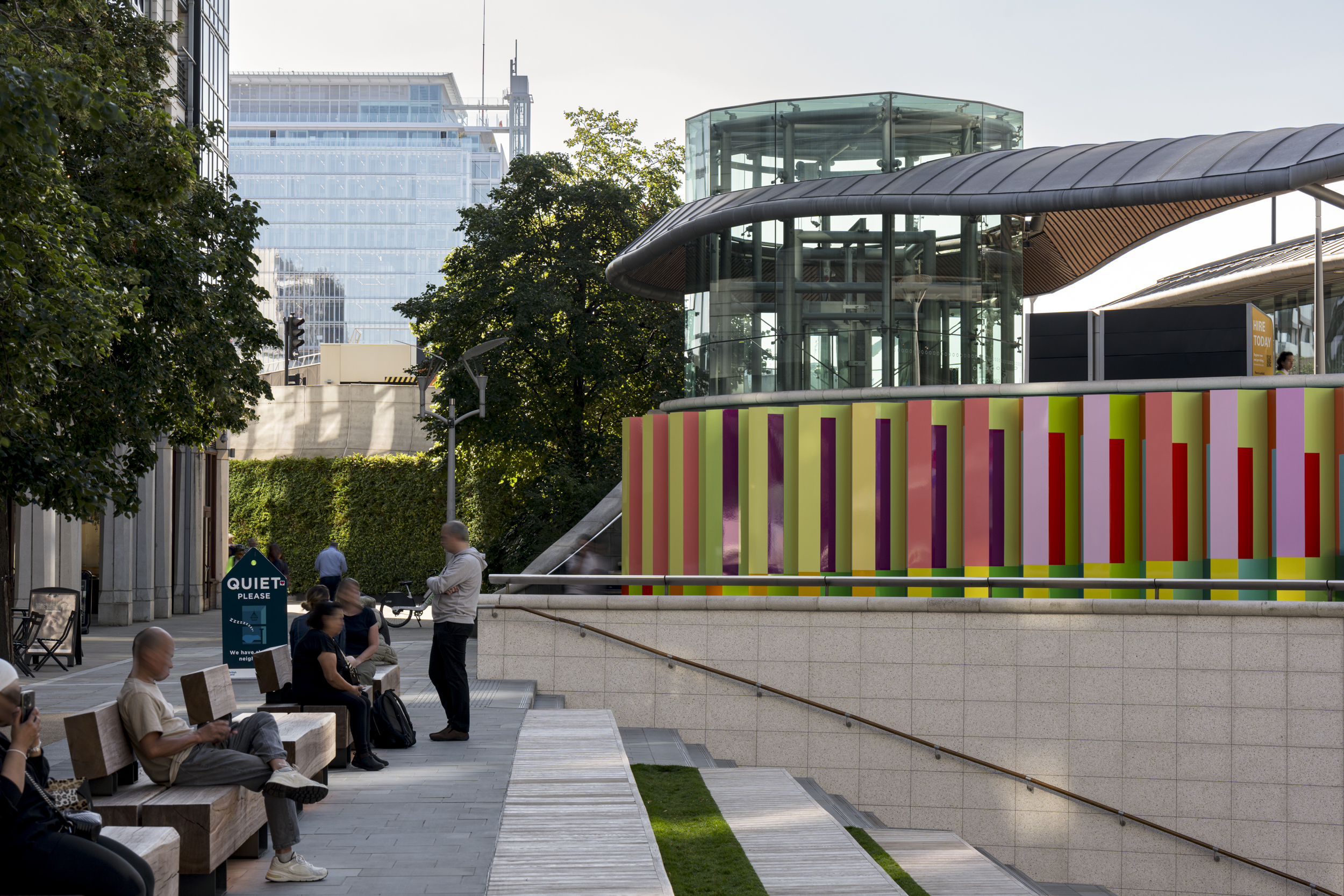
Ellie Stathaki is the Architecture & Environment Director at Wallpaper*. She trained as an architect at the Aristotle University of Thessaloniki in Greece and studied architectural history at the Bartlett in London. Now an established journalist, she has been a member of the Wallpaper* team since 2006, visiting buildings across the globe and interviewing leading architects such as Tadao Ando and Rem Koolhaas. Ellie has also taken part in judging panels, moderated events, curated shows and contributed in books, such as The Contemporary House (Thames & Hudson, 2018), Glenn Sestig Architecture Diary (2020) and House London (2022).
-
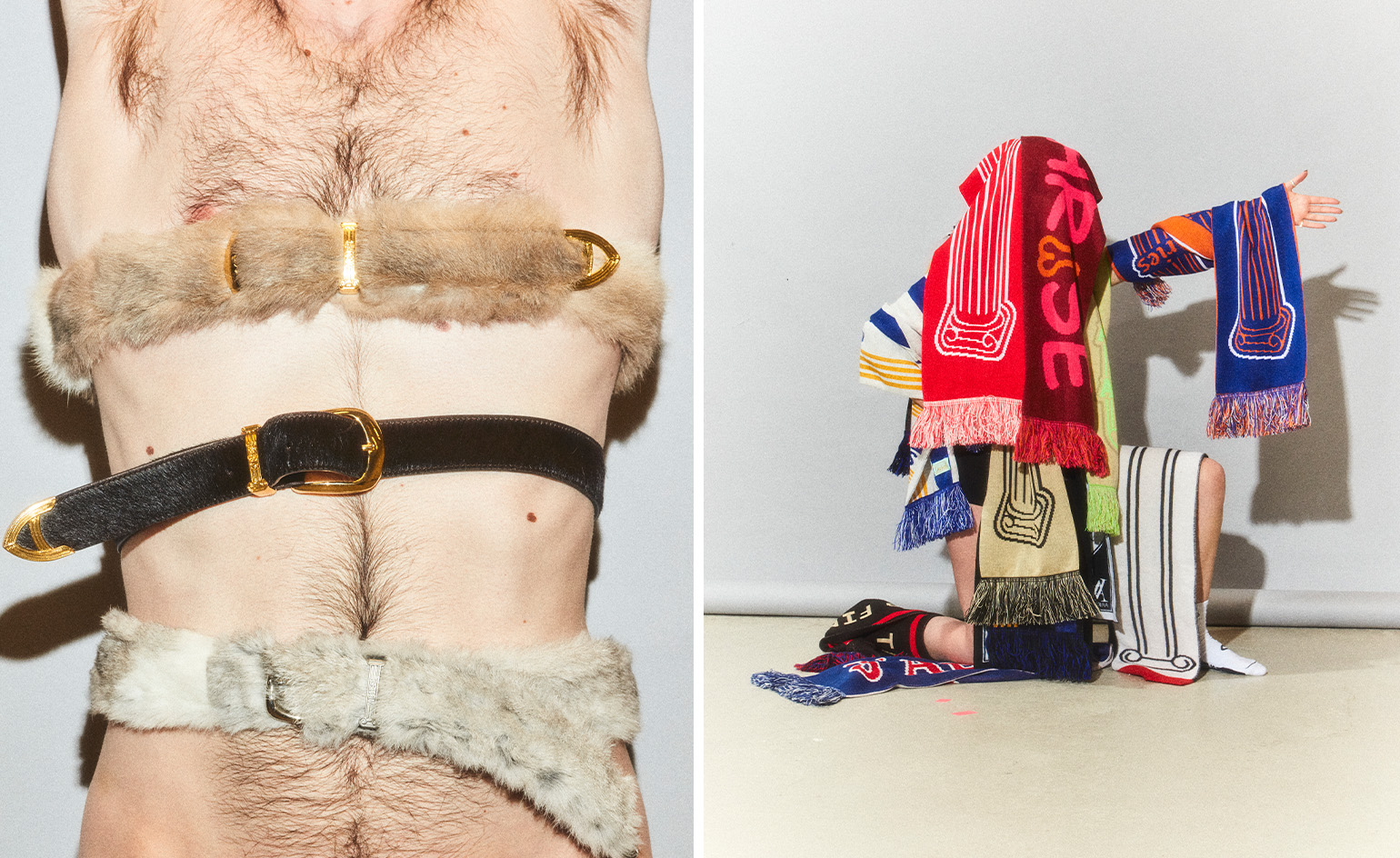 ‘Independence, community, legacy’: inside a new book documenting the history of cult British streetwear label Aries
‘Independence, community, legacy’: inside a new book documenting the history of cult British streetwear label AriesRizzoli’s ‘Aries Arise Archive’ documents the last ten years of the ‘independent, rebellious’ London-based label. Founder Sofia Prantera tells Wallpaper* the story behind the project
By Jack Moss
-
 Head out to new frontiers in the pocket-sized Project Safari off-road supercar
Head out to new frontiers in the pocket-sized Project Safari off-road supercarProject Safari is the first venture from Get Lost Automotive and represents a radical reworking of the original 1990s-era Lotus Elise
By Jonathan Bell
-
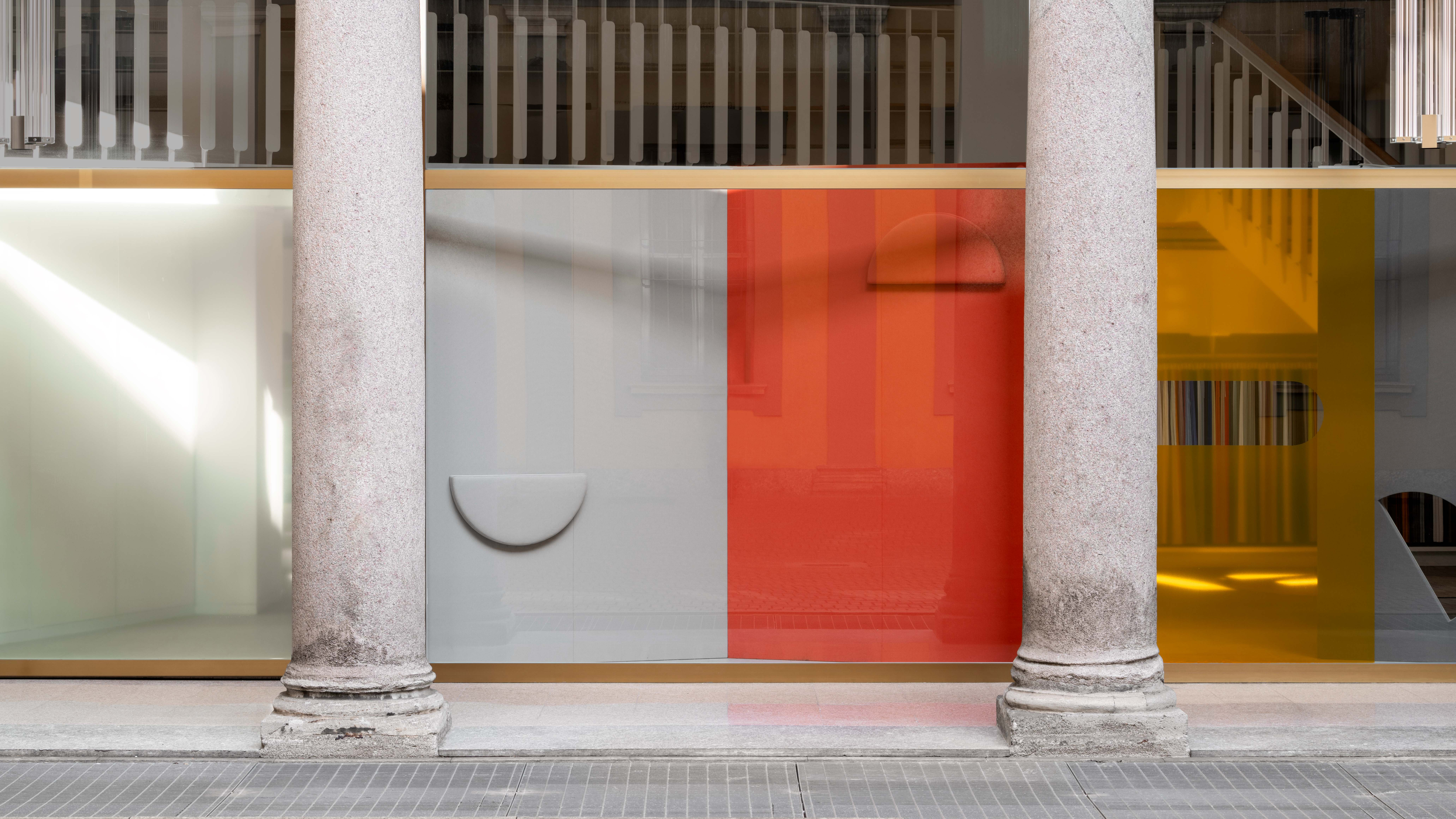 Kapwani Kiwanga transforms Kvadrat’s Milan showroom with a prismatic textile made from ocean waste
Kapwani Kiwanga transforms Kvadrat’s Milan showroom with a prismatic textile made from ocean wasteThe Canada-born artist draws on iridescence in nature to create a dual-toned textile made from ocean-bound plastic
By Ali Morris
-
 An octogenarian’s north London home is bold with utilitarian authenticity
An octogenarian’s north London home is bold with utilitarian authenticityWoodbury residence is a north London home by Of Architecture, inspired by 20th-century design and rooted in functionality
By Tianna Williams
-
 What is DeafSpace and how can it enhance architecture for everyone?
What is DeafSpace and how can it enhance architecture for everyone?DeafSpace learnings can help create profoundly sense-centric architecture; why shouldn't groundbreaking designs also be inclusive?
By Teshome Douglas-Campbell
-
 The dream of the flat-pack home continues with this elegant modular cabin design from Koto
The dream of the flat-pack home continues with this elegant modular cabin design from KotoThe Niwa modular cabin series by UK-based Koto architects offers a range of elegant retreats, designed for easy installation and a variety of uses
By Jonathan Bell
-
 Are Derwent London's new lounges the future of workspace?
Are Derwent London's new lounges the future of workspace?Property developer Derwent London’s new lounges – created for tenants of its offices – work harder to promote community and connection for their users
By Emily Wright
-
 Showing off its gargoyles and curves, The Gradel Quadrangles opens in Oxford
Showing off its gargoyles and curves, The Gradel Quadrangles opens in OxfordThe Gradel Quadrangles, designed by David Kohn Architects, brings a touch of playfulness to Oxford through a modern interpretation of historical architecture
By Shawn Adams
-
 A Norfolk bungalow has been transformed through a deft sculptural remodelling
A Norfolk bungalow has been transformed through a deft sculptural remodellingNorth Sea East Wood is the radical overhaul of a Norfolk bungalow, designed to open up the property to sea and garden views
By Jonathan Bell
-
 A new concrete extension opens up this Stoke Newington house to its garden
A new concrete extension opens up this Stoke Newington house to its gardenArchitects Bindloss Dawes' concrete extension has brought a considered material palette to this elegant Victorian family house
By Jonathan Bell
-
 A former garage is transformed into a compact but multifunctional space
A former garage is transformed into a compact but multifunctional spaceA multifunctional, compact house by Francesco Pierazzi is created through a unique spatial arrangement in the heart of the Surrey countryside
By Jonathan Bell